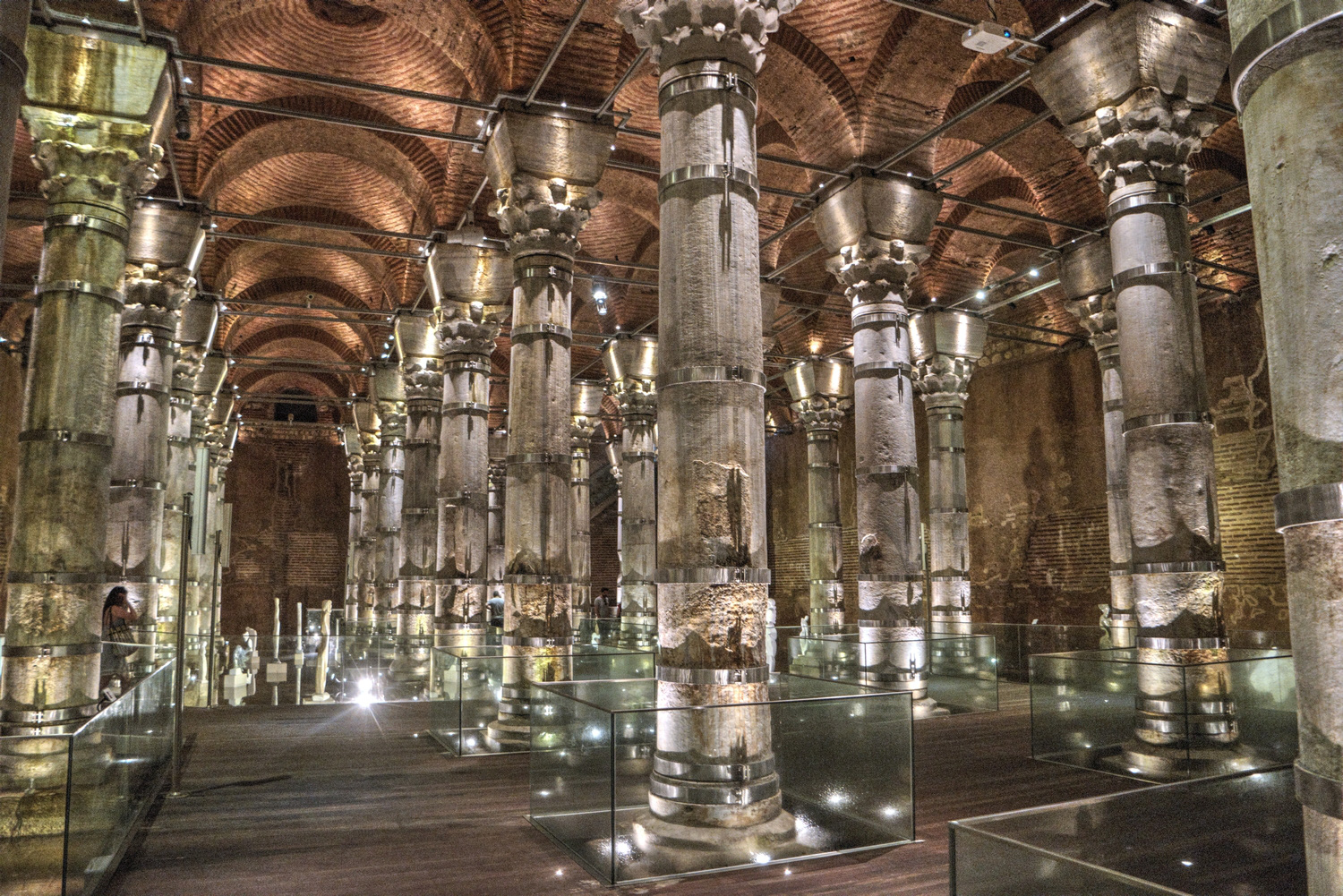
What’s interesting is that not all of these wonders are above ground. Hidden deep underground in Türkiye are historical treasures, some dating back more than 12,000 years old with extremely impressive architecture.
Şerefiye underground water tank in Istanbul, Türkiye
The Şerefiye tank is used to store fresh water brought from the Belgrade Forest, a wild area near the Black Sea north of the city, through a nearly 250km network of canals. The water is then distributed to the people.
Around the end of the 18th or beginning of the 19th century, the existence of the Şerefiye tank was completely forgotten. A large private estate was built on the site, leaving the tank hidden for many years.
It was not until 2010, when some buildings were demolished, that the underground entrance to the water tank was revealed. The 1,600-year-old cistern opened to the public in 2018.
Dara water tank, Mardin
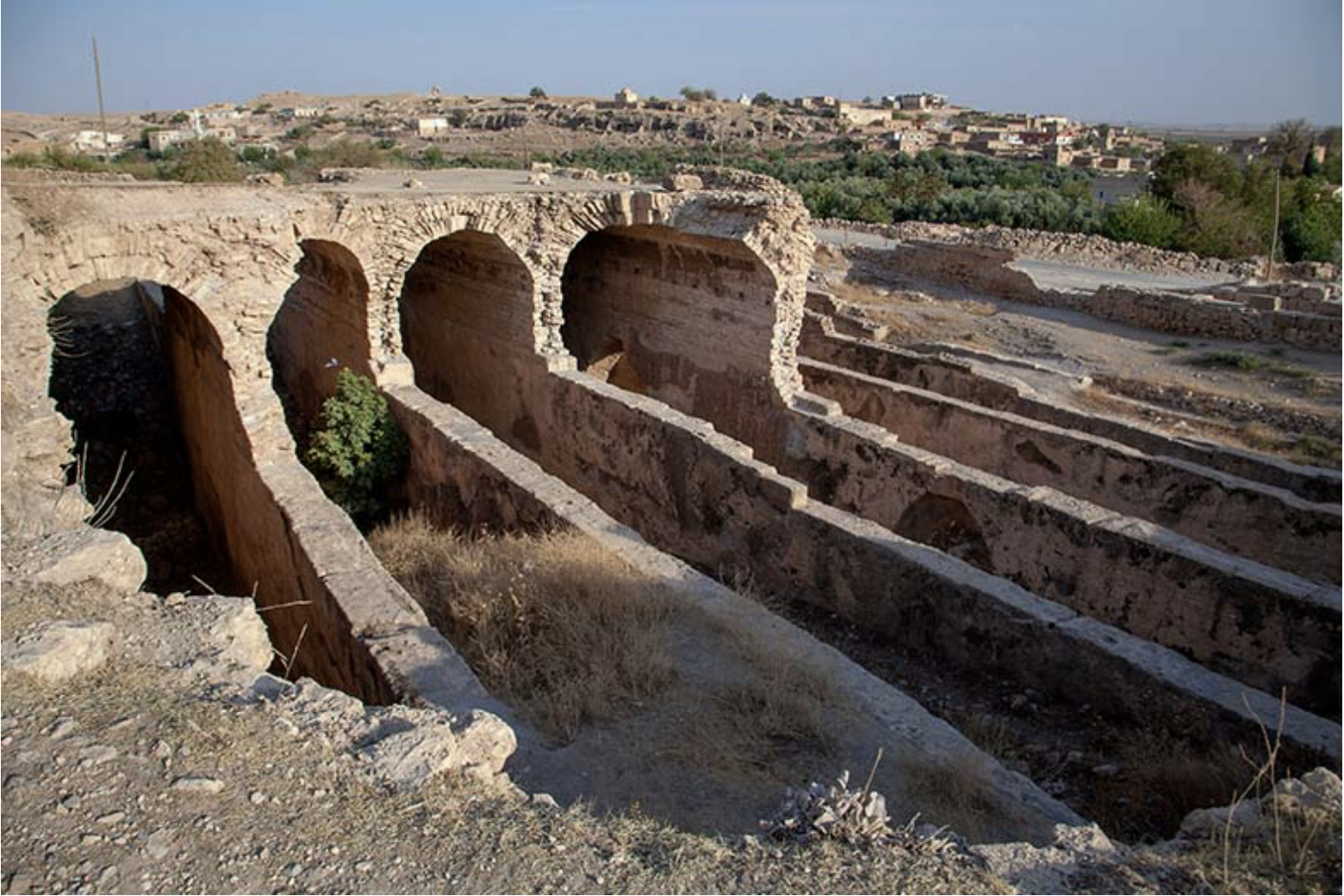
Apart from locals herding cattle through the ruins of a garrison city dating from the 6th century, few people reach the site of the Dara cistern. In the past, water tanks flowed down from the mountains for use by locals and Roman soldiers stationed in Dara.
Now the site has left behind countless treasures, including rock-carved tombs, olive mills and a series of underground water tanks. A tank so large that locals believe it is a dungeon. They told fictional stories about prisoners chained for years, depending on the faint rays of sunlight to calculate the passage of time.
“Deep Well” Derinkuyu
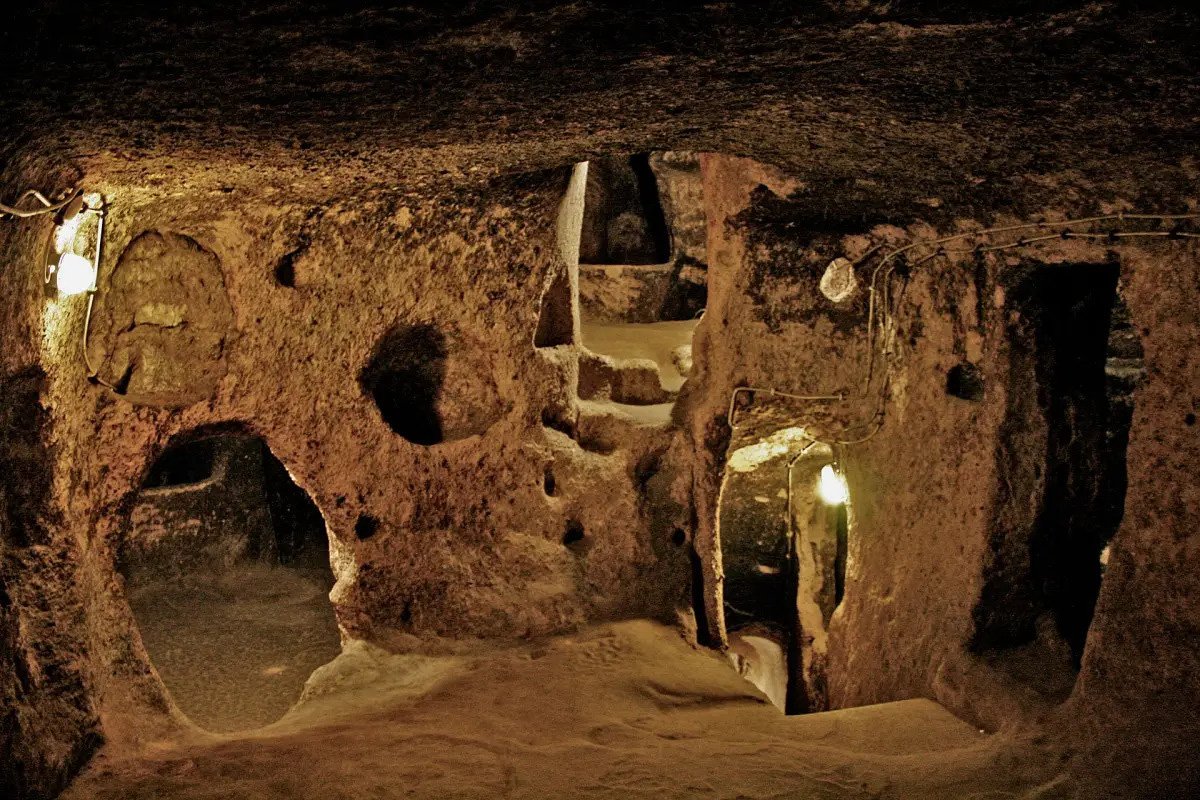

In 1963, a Turkish farmer noticed that his chickens kept disappearing and then appearing again as if by magic. He followed their tracks to a crack in tufa, the volcanic rock that forms Cappadocia’s peribaca chimneys, and found the entrance to a cave system 18 stories deep.
Derinkuyu, which means “deep well” when translated into English, was inscribed on the UNESCO World Heritage List in 1985. It was once a safe haven for up to 20,000 people. The deeper you go, the more humid the atmosphere in the cave becomes.
There are eight floors open to the public, filled with church ruins, stables, wine presses and empty tombs.
Rümeli Han Tunnel, Taksim, Istanbul
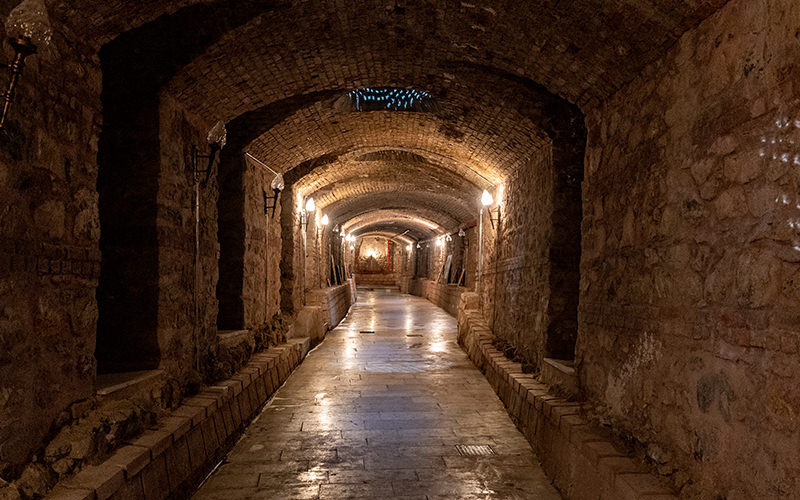
In ornate buildings like Rümeli Han, people from Istanbul come to dine, while artists, actors and singers take center stage.
Rümeli Han was built in 1894. Work on the building’s renovation began just over five years ago. At that time, Rümeli Han’s underground secrets were revealed. The tunnel is now open to the public.
No one is exactly sure of the tunnel’s purpose. Perhaps the upper class used this route to move around undetected, and met from time to time.
Göbeklitepe structure
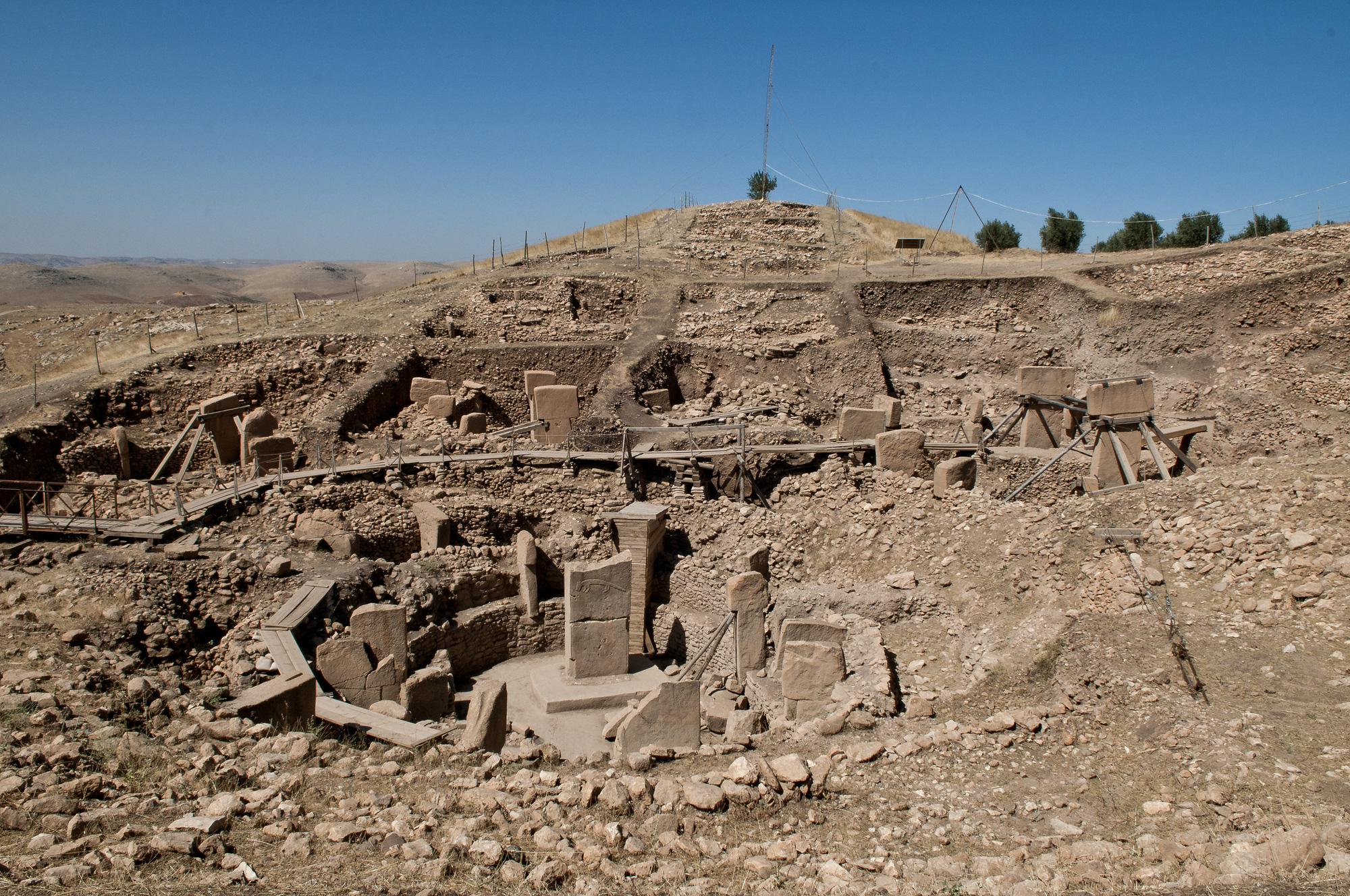
In 2018, UNESCO recognized Göbeklitepe as the first expression of monumental architecture created by humans in history. For comparison, compared to Göbeklitepe, the ancient stone field of Stonehenge, the famous British megalithic structure, seems to be very young.
Experts believe the T-shaped pillars were erected by hunter-gatherers as places of worship, a practice previously associated only with settled agricultural communities.
Physically, it’s hard to imagine anyone, human or otherwise, moving these giant boulders into place.
Yeraltı Camii Church
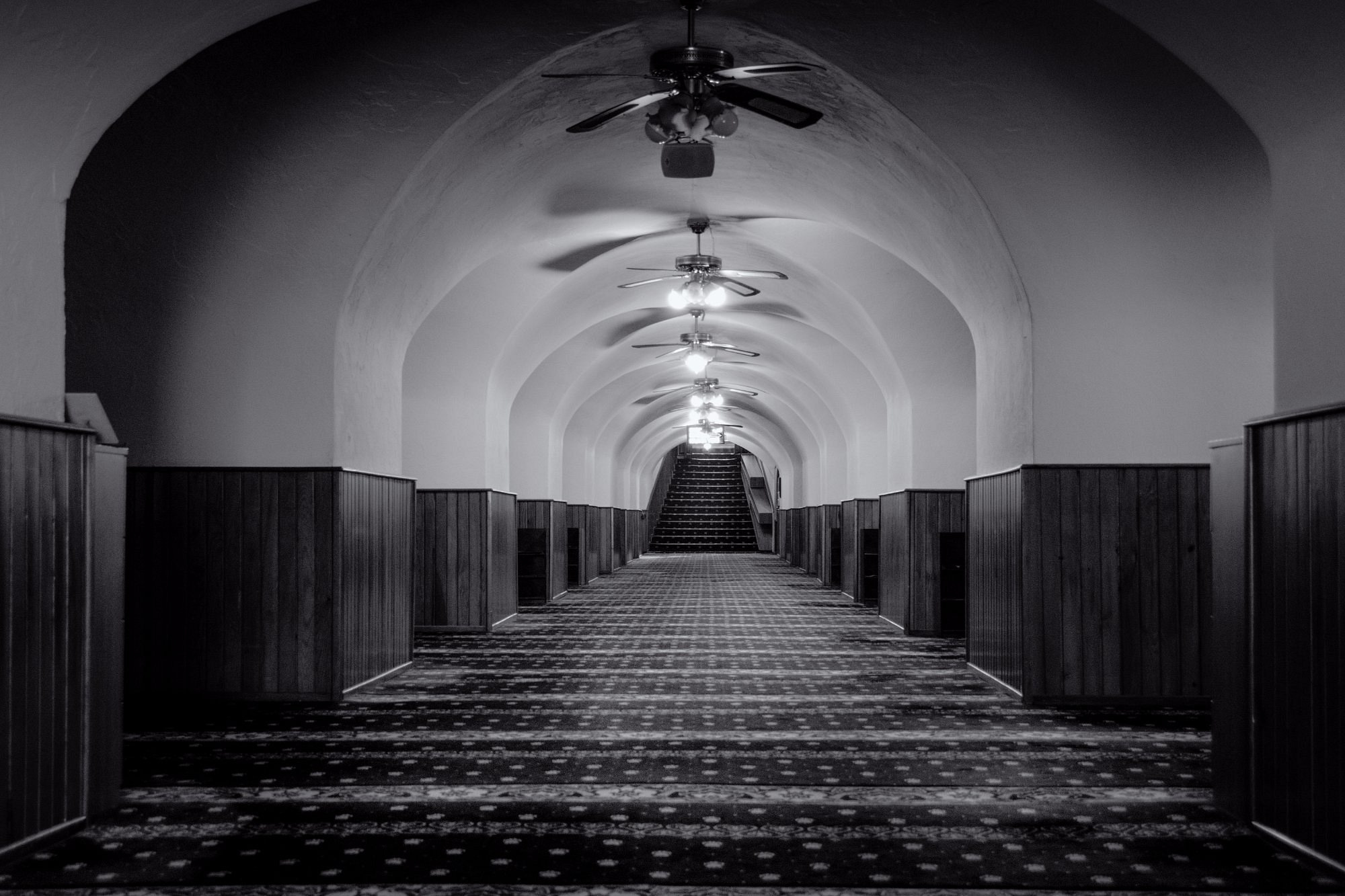
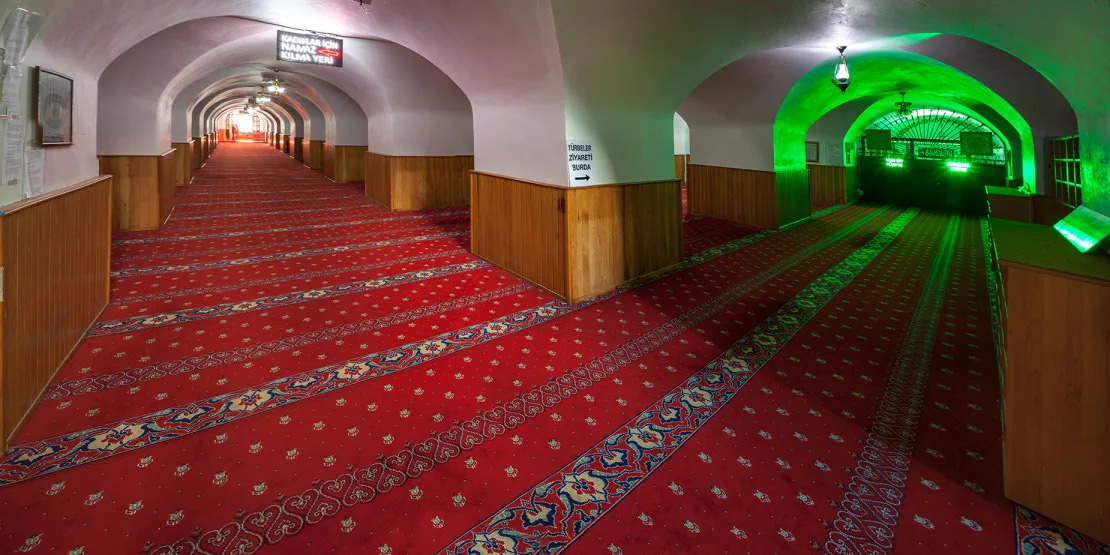
Yeraltı Mosque is located on a small street in the Karaköy area of Istanbul. Behind the modest door opens a simple interior design based on repetition and clean lines.
Even on the warmest days, the inside remains cool thanks to the 2 meter thick walls.
At first glance, this mosque does not seem to offer much of interest.
However, the appearance of the church does not tell the whole history of this place. Yeraltı, literally underground, was originally a dungeon in the basement of a fortress. Over the following centuries, the fortress was damaged, remodeled, reused and finally converted into a mosque in 1757.
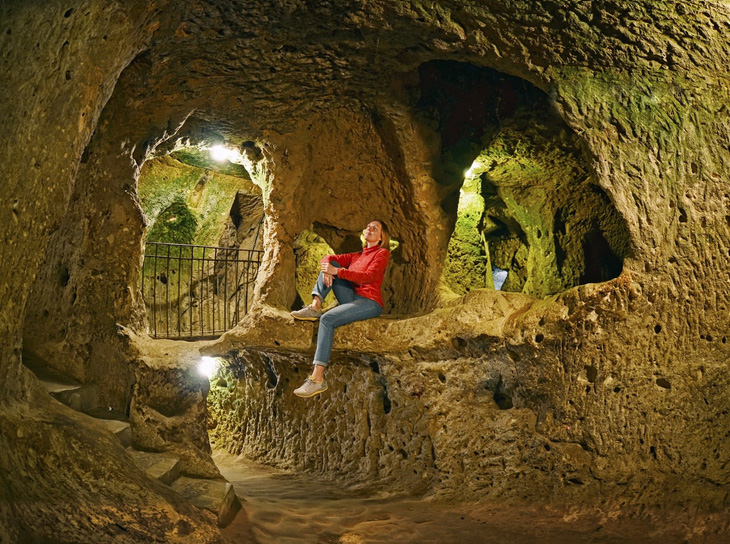 The giant underground city can accommodate more than 20,000 people
The giant underground city can accommodate more than 20,000 people




